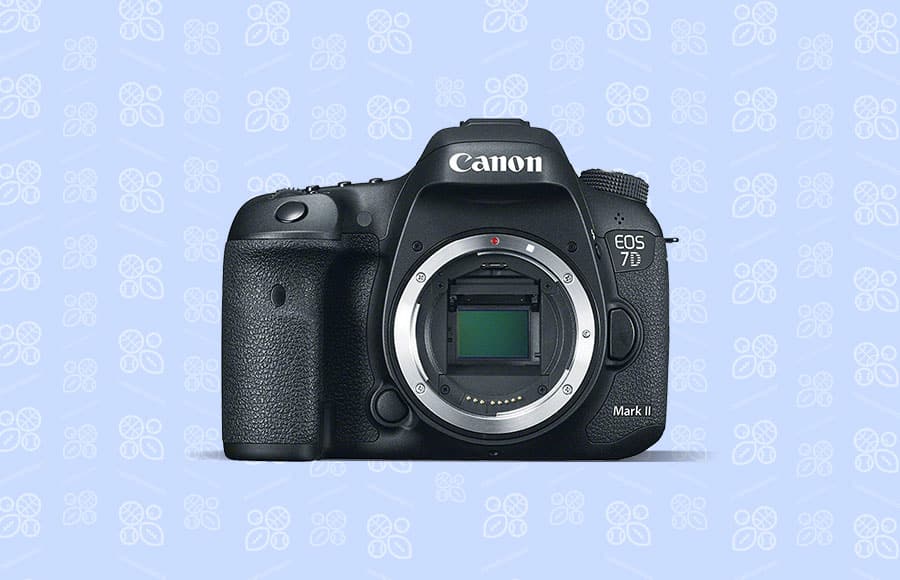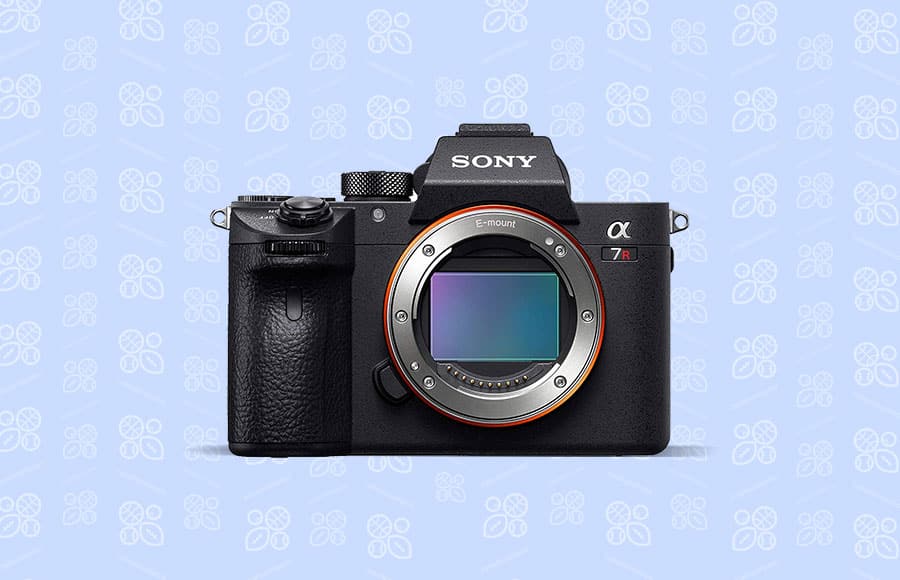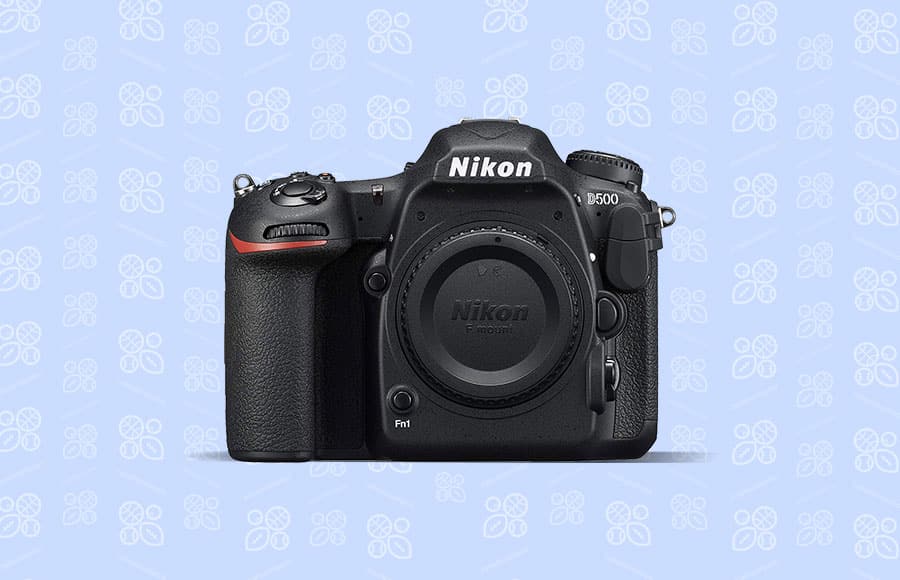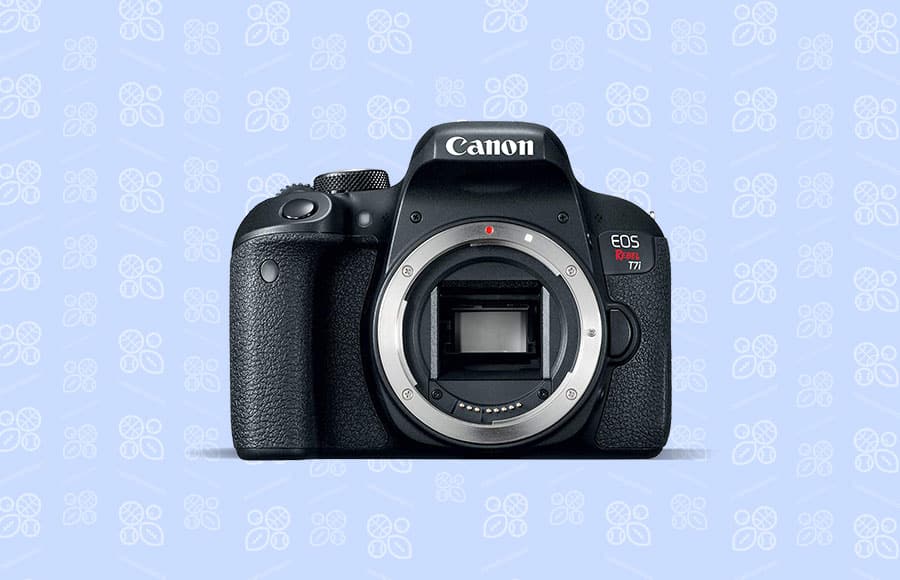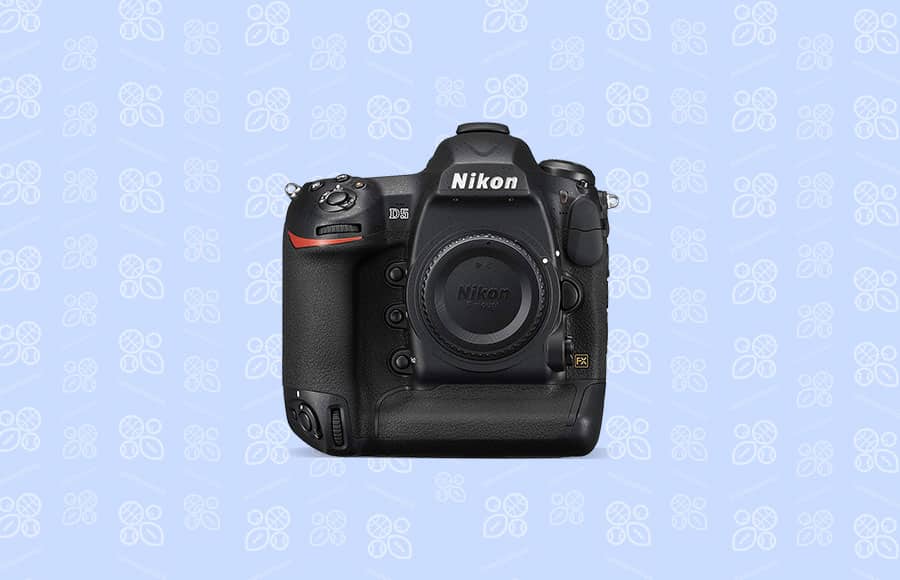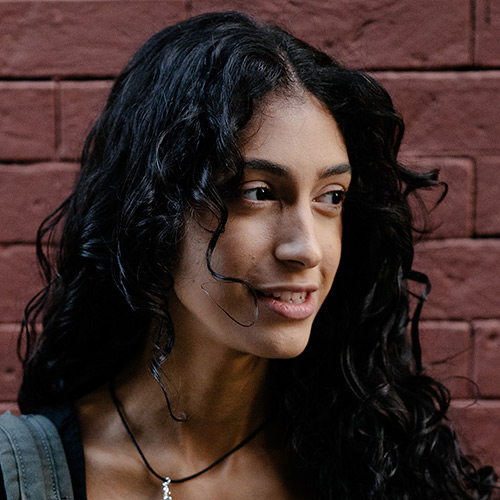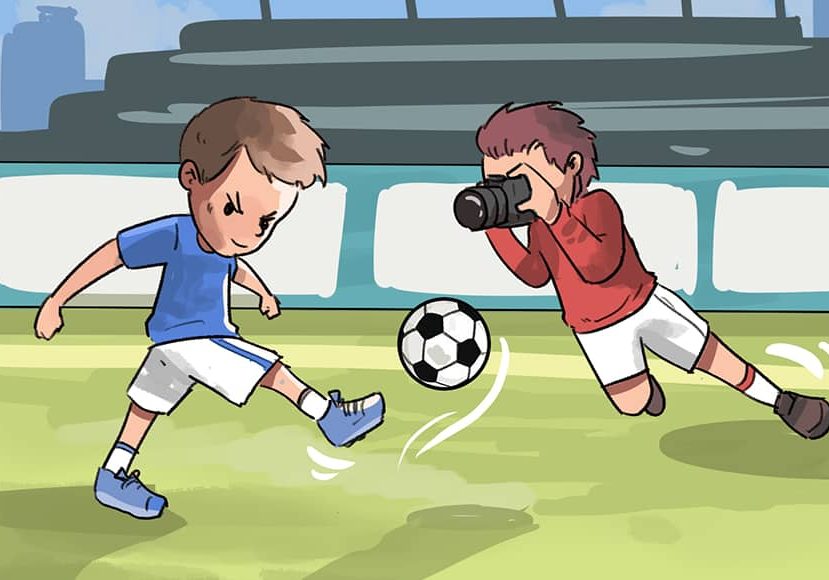
Best Camera for Sports Photography
Whether you're a pro or amateur photographer, this guide to the best camera for sports photography has you covered! Includes budget DSLR option for parents too!
Whether you’re a professional photographer or a hobbyist amateur who wants to capture some great photos of their kid’s first soccer match, it’s wise to invest in the best camera for sports photography.
While smartphones and compact cameras in 2024 do a great job at shooting multiple shots a second (aka ‘burst mode’), they clearly have their limitations.
(If you’ve ever tried to capture a good photo in a dimly lit sports hall, or from the back seats of the swimming gala on your phone, you’ll know what I mean!)
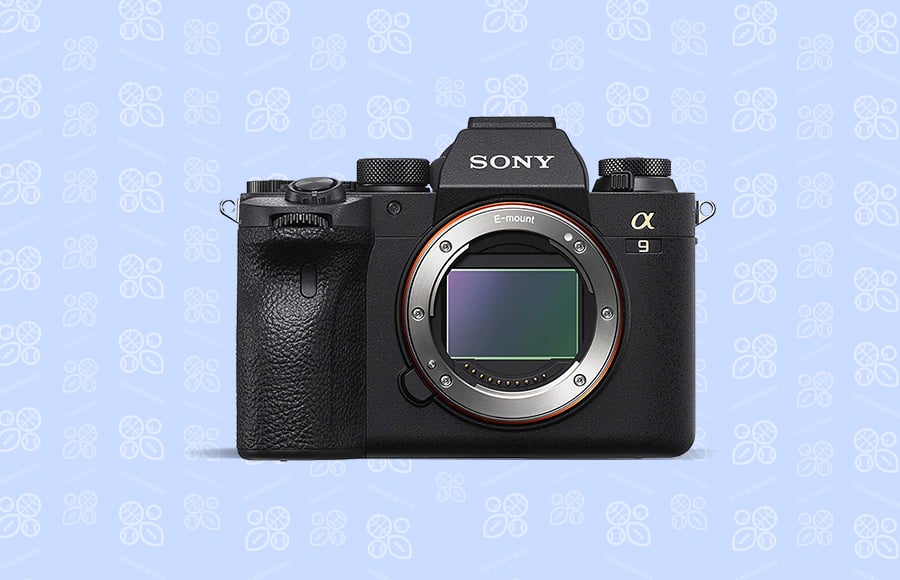
Incredible autofocus with real time tracking – perfect for fast-paced sports photography for pros and serious parents!
This guide to the top cameras for sports photography will give you some insight into what features are most important when making your choice.
Investing in one of the camera bodies below and pairing it with the right lens for sports will give you the tools you need to capture great photos at any sporting event.
Let’s have a closer look at the recommendations.
Best Camera for Sports Photography in 2024
| Image | Product | Features | |
|---|---|---|---|
 | Sony a9IIBEST ALLROUND |
| View Price → |
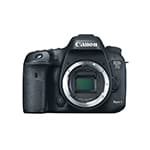 | Canon 7D Mk IIGREAT VALUE |
| View Price → |
 | Sony a7R IIIBEST RESOLUTION |
| View Price → |
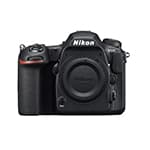 | Nikon D500HIGHLY RECOMMENDED |
| View Price → |
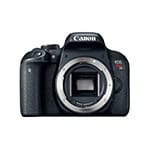 | Canon T7iGREAT VALUE |
| View Price → |
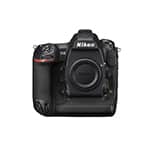 | Nikon D5 |
| View Price → |
1. Sony a9 II
- Unbeatable autofocus system
- Face and eye tracking
- Fast continuous shooting speeds
- Neat, stylish design
- Voice recording for image tagging
- Fast wireless and LAN sharing
- Expensive
- Battery life not as good as DSLR alternatives
Sensor: Full-Frame CMOS | Resolution: 24.2MP | Viewfinder: 3.68K dots | Monitor: 3-inch tilt-angle touchscreen, 1,440K dots | Autofocus: 693 phase-detection and 425 contrast-detection-points | Max frame rate: 20fps | Video: 3840 x 2160 4K 4K at 30p | Weight: 678 g (1.5 lb) | More Info: Sony a9 II review
To kick off our guide to the best camera for sports photography, we take a look at the mirrorless wonder that is the Sony a9 II. Perhaps the best camera for sports photography beginners.
This is an ideal camera for a number of reasons but first and foremost is its incredibly accurate autofocus system. The a9 II posses 693 phase-detection plus 425 contrast-detection autofocus points plastering the sensor with a high-density, 93% coverage.
A standout feature of this and many Sony mirrorless cameras is the incredible tracking system.
With face and eye autofocus, you can really stick to your subject and maintain strong focus throughout. What’s more, the a9 II boasts animal eye autofocus should you want to do some track-side shooting.
Being able to capture fast-paced action such as athletics and even motorsport requires fast shutter speeds. This mirrorless camera can push its electronic shutter up to speeds of 1/32,000.
A key attribute of a sports photography camera is the ability to shoot in a continuous burst at high speeds. This way, you capture lots of images of the action in motion – allowing you to select the best and most impactful image from the lot.
The Sony a9 II boasts an incredible 10fps from its mechanical shutter in full resolution mode. As a result, there’s no sacrifice in quality when taking a burst of images.
In low light situations such as in an arena or local hall, you’re able to maximise the image output thanks to the effective ISO range that doesn’t leave images grainy and unusable.
If you’re a pro-level sports photographer, you can rest easy knowing that you can achieve high-speed data transfer via the onboard LAN terminal. Your images can be transferred and published in almost real-time.
Fortunately, the Sony a9 II features 5-axis IBIS (In-Body Image Stabilization). This allows greater control of image stability, especially when shooting at a slower shutter speed in poor light.
All of these features are packed into a neat and stylish mirrorless camera body with access to an amazing range of Sony and third-party lenses. This makes it the best mirrorless camera for sports.
As a result, there are excellent sports photography lenses priced to suit anyone’s budget.
While this is one of the lighter cameras here, all of that camera-brilliance does come at a hefty cost. The Sony a9 II retails at around US$4,500 making it one of the more expensive cameras in this guide.
But for those that are stepping up to pro-level or are already there, the cost versus performance is well worth it.
The Sony a9 II is a true champion when it comes to the greatest camera for sports photography.
2. Canon 7D Mk II
- Excellent value for money
- Smooth subject tracking
- Solid build with weatherproofing
- Good ergonomics
- Great buffer performance
- No built-in Wi-Fi
- No IBIS
Sensor: APS-C | Resolution: 20.2MP | Monitor: 3-inch, 1,440KK dots | Autofocus: 65-points | Max frame rate: 10fps | Video: Full HD at 60p | Weight: 910g (2.0 lb)
It wouldn’t be a guide to the best camera for sports photography without at least one of Canon’s brilliant DSLR cameras.
(Yes, the Canon 1DX series are used by many professional sports photographers, but they’re also out of the budget of most amateurs and even pros.)
The Canon 7D Mark II houses a 20.2MP APS-C image sensor and the clever DIGIC 6 image processors. This combination alone ensures amazing image quality and shooting performance. This makes it one of the best sports cameras on the market today.
Canon creates amazing cameras and the 7D Mk II is no exception to that heritage. It’s a solid and stylish DSLR – Canon’s been playing this game a very long time now.
With a full range of functions and features, paired with a sensible design and use of ergonomics, the Canon 7D Mark II is one of the best cameras for sports photography at this price point.
When it comes to autofocus performance, the 7D Mk II utilises a Dual Pixel CMOS autofocus system to achieve smooth and fast subject tracking even in the most extreme conditions.
Whether you’re shooting downhill skiing or the footy on the weekend, you’re sure to capture every moment of fast-paced action.
Further to this, the Canon can capture 10fps in continuous shooting. With the right memory cards, the buffer can manage over 1,000 JPEG images and over 30 RAW images.
With that kind of performance, you’ll have an extensive image catalogue containing every moment of the action in high-quality detail.
While the Canon 7D Mk II doesn’t feature IBIS – In Body Image Stabilization – it’s fully supported by an incredible line-up of quality Canon lenses. Canon has an extensive range of high-quality zooms that feature image stabilisation.
As a result, shooting at slower shutter speeds to compensate for poor lighting conditions will never be a problem. What’s more, Canon zooms will allow you to get up close and personal with the action.
Just imagine capturing the grit and endurance on players’ faces during a night-time netball match.
While the 7D Mk II is coming up to six years old, it’s still an incredible camera for capturing the action at sporting events. And at around US$1,300 for the body, it’s exceptional value.
At that price, you can invest more heavily in a couple of great Canon or third party lenses that are ideal for sport photography.
(If you’re wondering why we aren’t recommending the Canon R5 in this guide, it’s due to its high price – around $5,000 is a big spend for most parents, no matter their dedication to their son’s footy match!)
At the end of the day, the Canon 7D Mk II makes a brilliant solution for those looking at getting serious about this genre of photography.
3. Sony a7R III
- Excellent image quality
- Impressive 42.4MP CMOS sensor
- Advanced subject tracking
- Great low light performance
- Stylish body
- Complicated menu system
- Only one card slot supports UHS-II
Sensor: Full Frame | Resolution: 42.4MP | Viewfinder: 3,690K dots | Monitor: 3-inch tilt-angle touchscreen, 1,440K dots tilt-angle touchscreen | Autofocus: 399 phase-detection / 425 contrast-detection AF points | Max frame rate: 10fps | Video: 4K 3840 x 2160 at 30p | Weight: 657 (1.45 lb) | More Info: Sony a7R III Review
The Sony a7R III is our second mirrorless camera from Sony to consider when looking for a great camera for sports photography. It’s only recently been superseded with an upgrade, in the incredible a7R IV.
Some would argue that this is the best Sony camera for sports photography and for good reason.
The a7R III features a big, glorious full-frame sensor with a whopping 42.4MP image sensor. This sensor pulls in an incredible amount of light and image data resulting in unprecedented image quality, and the huge files allow for tight cropping in post-production, just in case you shot a photo without a long lens.
The autofocus system is sublime thanks to its hybrid system with 399 phase-detection and 425 contrast-detection AF points – covering most of the sensor.
The autofocus system on the a7R III is lightning fast and the advanced subject recognition gives it the ability to detect and track both human and animal eyes. Most camera brands don’t even come close to the tracking performance of Sony cameras in this area.
Another great advantage is the ability to achieve the same autofocus and tracking outcomes in low light. Sony has employed advanced algorithms into its tech so that you can effortlessly cover a suburban training session on a dimly lit field.
Sony has been applauded for the implementation of IBIS into its cameras. As a result, the a7R III has inherited 5 axis image stabilisation for smoother shooting across the ISO range, even in poor light.
With all that stability and low light performance in mind, let’s throw in the a7R III’s ability to shoot silently at 10fps!
Thanks to an updated BIONZ X processing system, processing speed is incredibly fast resulting in better buffer performance too.
One of the things I love most about the Sony range of Alpha cameras is how they pack all that incredible tech into such stylish and appealing camera bodies.
A down-side of the Sony a7R III, or any Sony for that matter, is the overly-complication menu system, shared with its predecessor, the Sony a7R II among others (see comparison).
While Sony is one of the most innovative brands out there, the menu system leaves a lot to be desired – look to the a7S III for a much-needed improvement to the Sony menu system, which is likely to be rolled out to other models in 2024.
The a7R III is available for around US$2,800 and that puts it in the middle in terms of the price of the cameras in this guide. As a result, this makes it one of the best deals on sports photography cameras.
What’s more, Sony and other compatible third-party lens developers have some of the best lenses for this style of photography.
The Sony a7R III combines some of the best tech, performance, style and price to deliver an exceptional camera for sports photographers.
4. Nikon D500
- Robust build
- Fast and reliable autofocus system
- Great high ISO dynamic range
- Excellent battery life
- 4k video recording
- Built-in Wi-Fi, NFC and Bluetooth
- Heavy
- Expensive for an APS-C DSLR
Sensor: APS-C Sensor | Resolution: 20.9MP | Monitor: 3.2-inch tilt-angle touchscreen, 2.359K dots | Autofocus: 153-points | Max frame rate: 10fps | Video: 4K at 30p | Weight: 860g (1.9 lb)
Now we get to take a look at a Nikon entry into the best camera for sports photography (this is the first of two Nikons).
This time, we take a look at the Nikon D500 with its 20.9MP APS-C sensor that delivers crisp and sharp images with the help of the Nikon EXPEED 5 image processor.
Nikon cameras have a very distinct design style and the D500 is a classic example of Nikon DLSR technology.
Add to this a large grip and easy access to necessary command functions and you have an incredibly comfortable camera to shoot all day with at your local stadium. Keep in mind that this is not a light unit – at 860g (1.9 lb) without a lens it has quite a heft to it.
When it comes to shooting fast-paced action, the Nikon D500 relies on a phase-detect autofocus system with 153 focus points.
Further to this, the firmware allows for two separate tracking systems: “Blocked Shot AF response” and “Subject Motion.”
The Blocked Shot system allows for the tracking to stick to a subject even when they are obscured by another subject.
The Subject Motion allows you to vary the camera’s response based on the subject’s motion. For example, you can set this to track fast, erratic and slower subjects accurately.
Two separate autofocus tracking systems on the Nikon D500 were specifically designed for action captures, making it perfect for fast-paced sports photography.
Speaking of action, the D500 has the capacity to shoot up to 10fps continuous shooting, ideal for tracking a sprinting athlete or a Formula 1 car taking a tight bend.
If you’re after a camera with video recording capabilities so you can also shoot quality 4k video of said fast-moving objects, the D500 won’t disappoint. It can shoot 4K video in both 24p and 30p, producing clear and sharp footage.
This camera is tailored to suit the professional market of photographers with the use of dual memory card slots – one a UHS-II SD card slot and the other XQD cards slot.
The menu system of the Nikon D500 is really simple to navigate – plus setting up the camera’s many functions, systems and customisation options is pretty straightforward.
The great news is that this camera retails for around US$1,500. That’s a surprising price for such a capable camera with pro-level performance and function.
Paired with one of the amazing Nikon zoom lenses, the Nikon D500 can take advantage of its crop sensor for more ‘reach’. It’s a brilliant camera for sports photographers both new and seasoned.
5. Canon T7i
- Low cost – great for entry-level shooters
- Comfortable ergonomics
- Excellent LCD screen
- 5 axis IBIS
- Dual Pixel autofocus
- No second SD card slot
- No weather-sealing
- Video limited to 1080p
Sensor: APS-C CMOS | Resolution: 24.2MP | Monitor: 3-inch 180 degree tilt-angle LCD, 1,040K dots | Autofocus: 45-points | Max frame rate: 6fps | Video: HD at 60p | Weight: 532g (1.17 lb)
Sports photography is no longer a game played just by the pro-level photographers out there.
More and more consumer-level photographers are getting into the action of the genre – regardless of whether they’re capturing professional athletes or their kids’ local baseball game.
As a result, we thought it important to include an entry-level camera fit for sports photography.
The Canon T7i, known as the 800D in some regions, is a brilliant low-cost alternative well suited to sports photography and those starting out in the field.
It has a neat and fairly compact body design that has a typical Canon DSLR aesthetic – the grip and function controls are comfortable and well placed.
With a brilliant 24.2MP APS-C CMOS sensor and DiGIC 7 processor, you’re sure to capture clear and sharp images at your next event.
What’s more, the camera features Dual Pixel autofocus subject tracking that will hold focus on fast-moving subjects.
A surprising addition to the Canon T7i is the 5 axis IBIS (In-Body Image Stabilization). This goes a long way to reducing camera shake especially when using telephoto lenses and shooting in low light conditions.
Dual Pixel CMOS Auto Focus tracks subjects as they move, while the 5 axis image stabilizer will prevent camera shake when shooting hand-held movies (note that this Canon offers HD but not 4k video).
Despite being an entry-level camera, the T7i has access to all of the APS-C Canon and third party lenses including some outstanding telephoto primes and zooms – ideal for enthusiast sports photographers.
At around US$800, the Canon T7i gives you a lot of performance and features at a really low price – especially as part of a Canon T7i bundle, or when you compare it to the cost of some of the other cameras in this guide.
If you’re looking for a great camera to get started in sports photography, then look no further than the Canon T7i (…and if it’s over your budget, check out this Canon T7i vs T6i guide to see whether you can save some money on an older model.)
6. Nikon D5
- Incredible autofocus and subject tracking
- Great buffer performance
- Exceptional battery life
- Ergonomic & robust build
- 12fps continuous shooting in RAW
- Stunning image quality
- Heavy
- Expensive
- Bulky
Sensor: Full Frame | Resolution: 24.3MP | Monitor: 3.2-inch tilt-angle touchscreen, 2359K dots | Autofocus: 153-points | Max frame rate: 12fps | Video: 4K at 30p | Weight: 1405g (3 lb) | More Info: Nikon D5 Review
The final camera in our ‘best camera for sports photography’ guide is a behemoth. We are of course talking about the incredible Nikon D5. It’s a high-end pro-level DSLR camera that will enable you to follow and capture the heart of the action no matter how intense it is.
When it comes to shooting sports, the Nikon D5 is one of the most popular and sought after solutions.
This camera features a large body with double handgrips that make shooting in landscape or portrait orientation a breeze. This is especially important given that the camera weighs in at 1405g (3lb) for the body on its own.
True to the design principles of Nikon, the D5 provides easy access to a wide range of buttons and control dials – some may say far too many. The internal menu is easy to access and navigate via the rear touch screen.
There are also two additional sub-monitors for displaying essential system settings and shooting information. Thankfully the battery life on the D5 is exceptional.
The Nikon D5 has an amazing autofocus system with super-sticky subject tracking. You’ll not be able to shake even the fastest of subjects – from the insane speed of F1 to the lightning-quick times of Usain Bolt.
What’s more, with superior image quality and 12fps in RAW from a full frame camera, you’ll be the envy of Instagram!
A great FPS is next to useless without the aid of great buffer capacity. Fortunately, the D5 is able to store up to 200 images in its buffer, utilising either XQDs or Compact Flash memory cards.
Being able to capture every frame of the action gives you the capacity to pick the most inspiring image out of the lot.
Nikon has an exceptional range of high precision lenses that are the product of Nikon engineering. Further to this, there’s a huge range of third party lenses available. So, regardless of brand, you’ll have a choice selection of lenses perfect for sports photography.
The D5 powerhouse will set you back around US$5,500. For a pro-level, full-frame DSLR built for high-performance photography, this is a reasonable asking price.
The Nikon is a pro-level camera with all the right features, functions and tuning to be a class-leading full-frame DSLR. As a result, it’s one of the best cameras for sports photography for those with higher budgets.
Cameras for Sports FAQ
What cameras are used for sports?
Both mirrorless and DSLR cameras are used for photographing sport and sporting events. What’s most important is that the camera’s performance is good enough to capture fast-moving objects and scenes. Specifically, that means fast autofocus, accurate subject tracking and continuous shooting with high frames per second.
What is a good beginner camera for sports and action shots?
The Canon T7i is a perfect entry-level camera for taking sport and action shots. It delivers professional features in an easy to use camera system, all at a very affordable price.
Which camera mode is best for sports photography?
Aperture Priority mode is a great choice for sport-related photography because the camera will automatically select a shutter speed that’s appropriate for the lighting conditions. This helps to avoid the situation where you end up missing shots because you’re too busy adjusting your settings.
Is the Canon Rebel T7 good for sports?
Yes, the Canon Rebel T7 is ideal for sports photography. However, Canon’s top-of-the-line cameras, such as the 7D Mark II and EOS-1D X MARK III, are still considered the most reliable.
Is the Canon EOS R good for sports photography?
Yes and no. The Canon EOS R is a decent choice for sports photography. However, it should only be used as a backup camera because it often struggles to focus. Yet, it’s been known to impress on occasion.
Is the Canon 90D good for sports photography?
Yes, the Canon 90D is an excellent choice for sports photography. A couple of selling points are its good battery life and remarkable continuous shooting capabilities.
What type of camera would a professional sports photographer use?
Digital Single-Lens Reflex cameras (DSLR) are the go-to for many professional sports photographers. They prefer DSLRs for their durability, resolution, sharpness, and ability to change lenses.
Final Words
No matter your budget or your skill level, there’s always a solution for those looking for the best sports photography camera.
At the end of the day, a great camera for this genre needs a few essential features.
The first is a sensor and image processor that will allow for fast autofocus and sticky subject tracking – after all, any sporting event is usually fast-paced.
The second feature is a decent continuous shooting mode with around 10fps. This way you’re sure to capture every moment of the action and later select the best image from the pack.
Of course, you need to consider the quality of the sensor as this will determine how well the camera will perform in low light and what the image quality will be.
The quality of the LCD monitor or the ability to shoot 4K video may be considerations depending on your personal needs, but generally speaking, they’re not the biggest concerns when it comes to this field of photography.
By following the advice we’ve offered in this guide, you’re sure to make the right purchasing decision. This will, of course, ensure that at your next sport shoot, you stand confidently capturing amazing images!
If you have any questions or comments, do feel free to leave them below.

Incredible autofocus with real time tracking – perfect for fast-paced sports photography for pros and serious parents!





